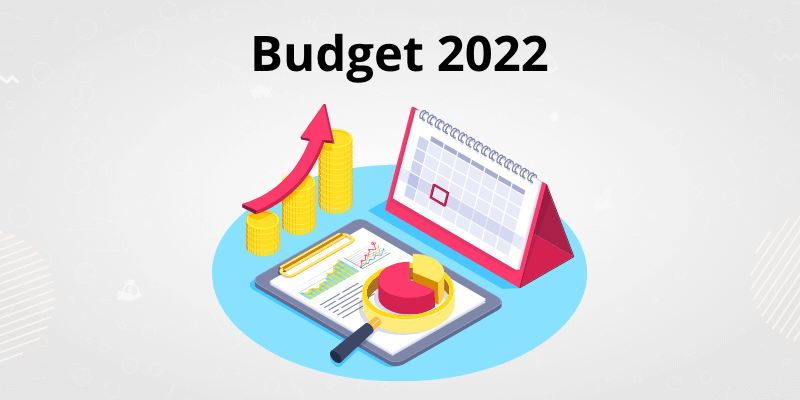Union Budget: Here’s A Look At Its History3 min read
D-Street will be keeping an eye on the Union Budget, which will be presented by Finance Minister Nirmala Sitharaman on February 1st. There is an expectation that the government will announce measures to aid recovery of the economy, which was hurt by the pandemic.
Let’s take a look at the history and some interesting facts about the Budget.
The Budget is classified into Revenue budget and Capital Budget
The Revenue Budget details the government’s revenue receipts and expenditure.
There are two kinds of revenue receipts, 1) Tax and 2) Non-tax. If revenue expenditure exceeds revenue receipts then there is a revenue deficit.
The Capital Budget lays out the capital receipts and payments by the government.
The bulk of capital receipts are loans from the public, foreign governments and RBI. They also include capital expenditure on education, health services and facilities, development of machinery, buildings etc. A fiscal deficit is when the government’s total expenditure exceeds total revenue.
1. The beginnings
Budget has been derived from “Bougette” which is a french word which means a small leather bag. As per Article 112 of the Indian Constitution, the Union Budget is an annual financial report of the country of the upcoming financial year.
The first budget was introduced in India by Scottish economist James Wilson from the East India Company to the British Crown on April 7, 1860
2. Where is the Budget printed?
Till 1950, the Budget used to be printed at the Rashtrapati Bhavan. But following a leak, the government was forced to move the budget printing to a press at Minto road. Later, the printing venue was shifted to North Block in 1980.
3. What is an interim Budget?
An Interim budget denotes a short-term budget, which is presented just before the Lok Sabha elections are held in April-May.
In an election year, the full budget is usually presented in July, after the new government takes over.
During the Union Budget 1948-1949, Finance minister R.K. Shanmukham Chetty used the term Interim Budget for the first time. It later became an institutional process for each year the General Elections were held.
4. Budget in Hindi
Initially, the budget document used to be published only in English. However, from 1955-1956, the government began publishing the document in Hindi as well.
5. Merger with Railway Budget
In 2017, the Railway Budget was merged with the Union Budget, instead of announcing the two separately. This ended a practice that had started in 1924, where the Railway Budget was presented a day or two before the Union Budget.
6. Halwa Ceremony
There is an Indian tradition of eating something sweet before commencing an important task, for good luck. The same tradition is also followed to begin the printing of the Union Budget as well. The Halwa Ceremony typically starts 10 days before the budget, held in the Ministry of Finance’s North Block. Halwa (a sweet dish) is prepared and served at the venue to the officers and support staff.
7. Departure from tradition
Finance minister Nirmala Sitharaman made a shift in 2019 where she started carrying budget documents in a traditional red cloth (Bahi Khata) instead of a briefcase.
In 2021, the Budget was presented in a paperless version for the first time, to prevent the spread of COVID-19 infections.
Some trivia
- Former Prime Minister Manmohan Singh was the person who used the highest number of words during the union budget 1991. It contained 18,650 words! In terms of duration, the longest budget speech so far in independent India was given by Finance Minister Nirmala Sitharaman on February 1, 2020. The total duration of the speech was 2 hours 17 Minutes!
- Former prime minister Morarji Desai was presented a record 10 times of a union budget of India. When he first presented the Budget, he was a Deputy Prime minister who held the finance ministry portfolio as well. There are other finance ministers who have presented the Budget several times, including P Chidambaram (9 times), Pranab Mukherjee and Yashwant Sinha (8 times).
On Budget Day, we will be bringing you the highlights and helping you make sense of the announcements. Do watch this space for more!
Disclaimer: This information is based on publicly available data and content is purely for informational purposes only.




